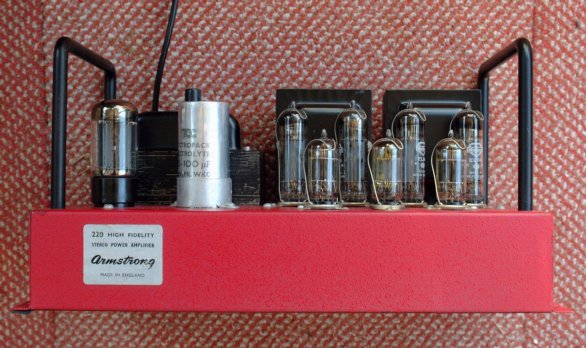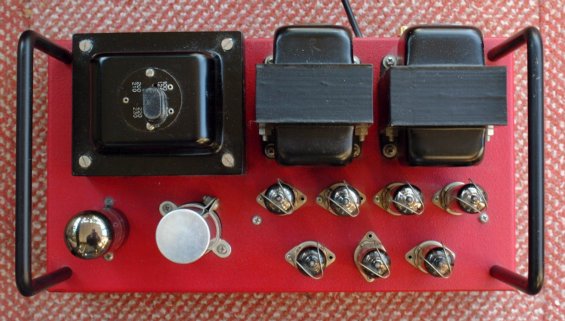


Specifications for 220 Power Amplifier
| |||
| Rated Output | 12 Watts (Output transformer tappings for 4, 8, and 15 Ohms) | ||
| Frequency Response | 15Hz - 22kHz ±1dB | Distortion | <0·1% |
| Input sensitivity | 410 mV for full rated output | Output Valves | EL84 ultra-linear’s |
| Noise | -80dB | Feeback | 29dB |
| Power Response | 20Hz - 18kHz ±1dB | Damping Factor | 53 |
| Rise time | 4 micro sec. | Cross Talk | -52dB at 1kHz |
| Stability Margin | 18db (15 Ohm load) 18dB (with 0.1 micro F capacitor) | ||

